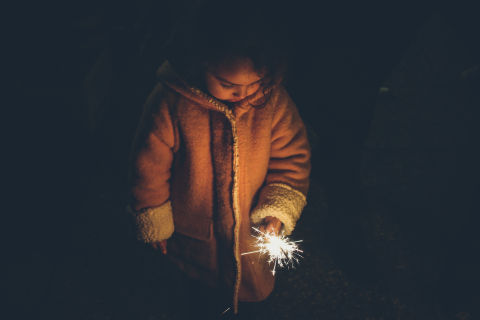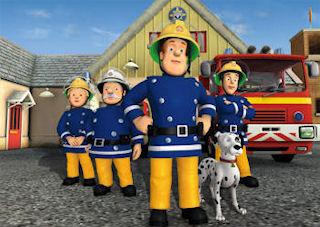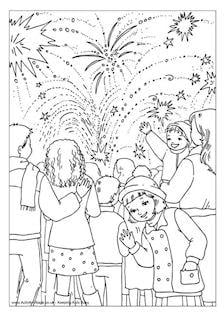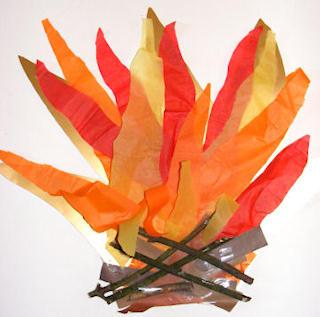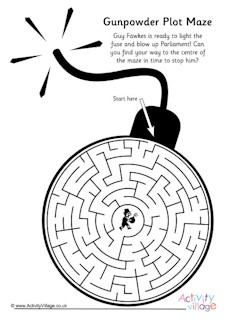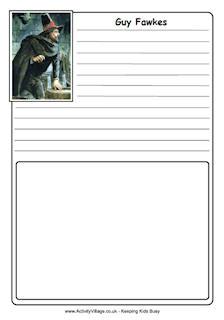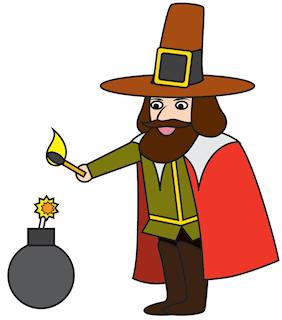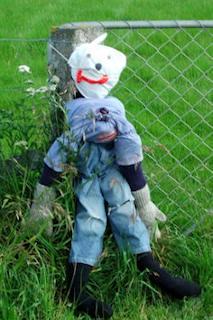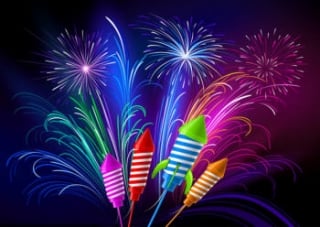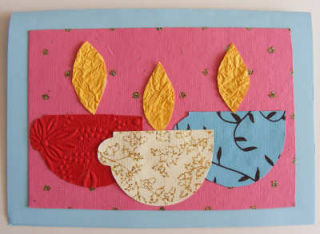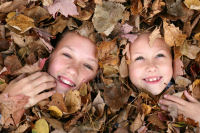Bonfire Night
Are you ready for Bonfire Night on 5th November? Keep the kids busy with our lovely Bonfire Night colouring pages, get them creating with a fireworks crafts or two or print out a puzzle or a worksheet to add some Guy Fawkes Night fun learning to the classroom! All our activities are aimed at children aged 2 to 11, and there are loads of Bonfire Night resources to dip into below.
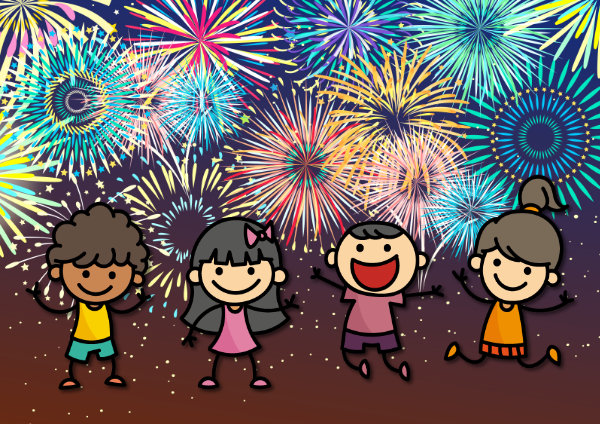
Stay Safe on Bonfire Night
We've also got advice on staying safe on Bonfire Night (including a useful printable of the Fireworks Code) and posters to encourage children to stay safe as well as think about the impact of noisy fireworks on pets and the environment. Find them in our Bonfire Night Safety section. Also see our tips for staying safe at a Fireworks Display further down this page.
Gunpowder, treason and plot,
We see no reason,
Why gunpowder treason,
Should ever be forgot!
Guy Fawkes Night
Bonfire Night is of course also known as Fireworks Night or Guy Fawkes Night. Bonfire Night is a uniquely British event when we "celebrate" the discovery of the Gunpowder Plot against the King and Parliament in the early 17th Century. And Guy Fawkes was one of the plotters! You can read all about the actual events, find out about Guy Fawkes and discover why we have a bonfire, fireworks and a "guy" for 5th November on our Guy Fawkes page, where you can also find all sorts of fun printable activities and learning resources to explore.
Our Bonfire Night Resources
Explore our Bonfire Night colouring pages, puzzles, crafts, worksheets and printables to help you enjoy Guy Fawkes Night with the kids!
Keeping Safe at a Fireworks Display
Will you be going to a big fireworks display this year? Here are our top tips!
- Plan your travel or parking carefully. You won't want a very long walk with young children.
- Consider putting a label on your younger children or a bracelet with your contact number. When you arrive, establish a place to go to if any one of the party gets lost. Talk to children about who to approach for help if necessary.
- Make sure you wrap up warm, with lots of layers! If you are going to be in a field, take your wellies or walking boots with you and, if you are travelling by car, have a change of shoes ready and a box to contain muddy boots before you climb back in.
- Have a contingency plan. My son was so excited about his first Fireworks Display, but when we got there he hated the noise so much that we retreated to the car, drove a short distance away and watched from there!
All About Fireworks
Did you know that the first fireworks are thought to have been invented in China? In the early 1st Century, people threw bamboo stems into fire to produce a loud banging "firecracker" sound. By the early 2nd Century, firecrackers were manufactured with a container of rolled paper, gunpowder and a fuse, and strung together in bunches. Over time, substances were added to make coloured smoke and sparkles, and the fireworks got bigger and more exciting.
Fireworks were probably introduced into Europe in the 14th Century, and Italy was the first European country to manufacture them.
In England, we know that there were fireworks at the wedding of Henry VII in 1486 and that Elizabeth I loved a good fireworks display!
You can find all our Fireworks activities here.
Sparklers
Sparklers are one of the great joys of Bonfire Night for children! As long as they are supervised carefully, then can be a safe and exciting introduction to fireworks for younger children, who will love holding the sputtering, sparkling hand-held firework and drawing shapes in the dark with it! They are also popular in the US for Fourth of July and for Diwali celebrations (they are called phuljhadi in Hindi).
Sparklers are not entirely safe so please use with care. Don't use them at summer events if there is any chance of wildfire. Don't let the burning end get near clothing or skin! And never burn more than one sparkler together. Finally, make sure you dispose of sparkler remains carefully.
Stay safe and enjoy yourselves on Fireworks Night!
